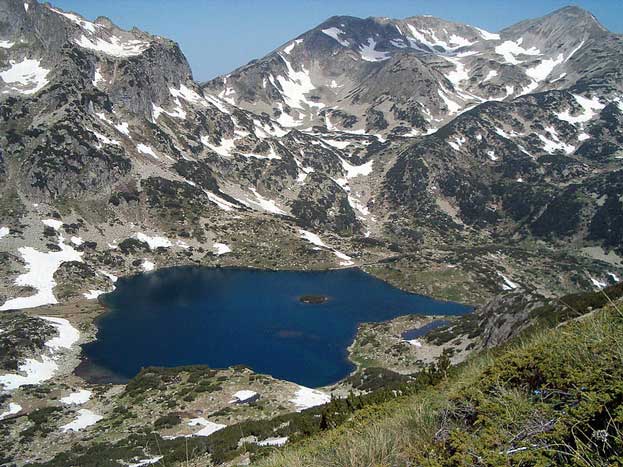Pirin National Park is extending over an area of 27,400 ha and lying at an altitude of 1,008-2,914 m in the Pirin Mountains, south-west Bulgaria, Pirin National Park has a limestone Balkan landscape, with lakes, waterfalls, caves and pine forests. The rugged mountains, with some 70 glacial lakes scattered throughout them, are home to hundreds of endemic and rare species, many of which are representative of the Balkan Pleistocene flora. The mountains also have diverse and unique landscapes of great aesthetic value.

Continent: Europe
Country: Bulgaria
Category: Natural
Criterion: (VII)(VIII) (IX)
Date of Inscription: 1983
Pirin Mountain
Pirin Mountain stretches from north-west to south-east between the valleys of the Strouma and Mesta rivers. There are many rivers and waterfalls. Winter in the upper parts is cold and long with snow cover remaining for five to eight months. Summer is cool and short. The presence of limestone rocks, the southerly position of the range and close proximity to the Aegean, coupled with its relative isolation, have made Pirin Mountain an important refuge for many species.Forests in the park are mainly coniferous with endemic Macedonian pine being widespread and forming the timberline in the granite part of the mountain. Endemic Bossnian pine occurs in the highest zone of the karst area. Unique stands of Pinus peuce and Pinus leucodermis , up to 250-300 years old and 30-45 m high, are found in Baiouvi Doupki-Djindjiritsa Reserve. Some individual Pinus leucodermis trees are over 500 years old. Silver fir, Austrian pine, spruce, Scots pine and beech form a mixed coniferous forest type.










No comments:
Post a Comment